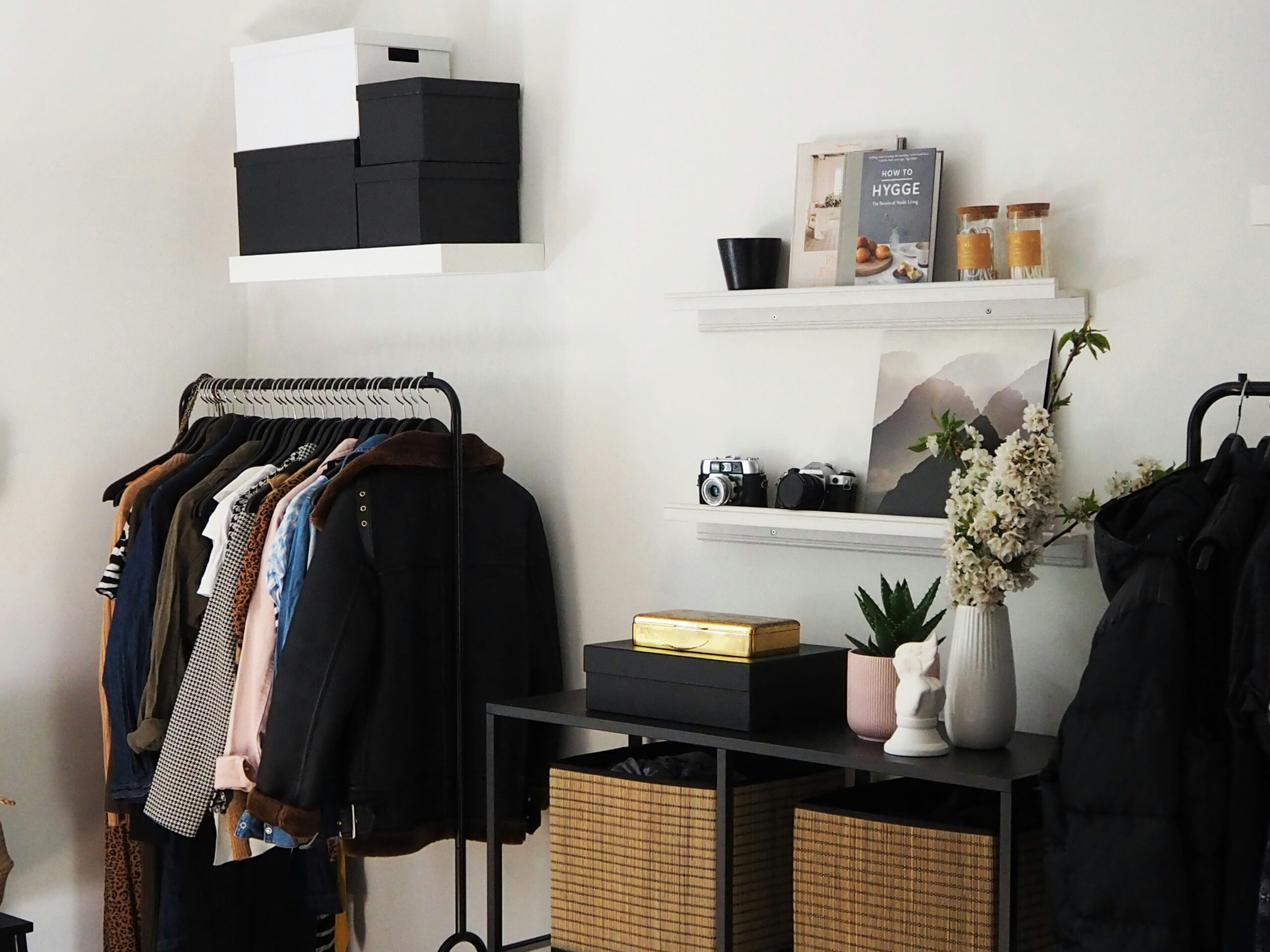

Introduction to Sustainable Fashion
Fashion is often seen as a fun expression of individuality, but behind the glitz and glamour lies a darker truth. The industry is one of the largest polluters on the planet, contributing to environmental degradation at an alarming rate. As more people become aware of these issues, sustainable fashion has emerged as a beacon of hope. It’s about making mindful choices that not only look good but feel good for our planet too.
Building an eco-friendly wardrobe doesn’t have to be overwhelming or boring. With some simple changes in your shopping habits and care routines, you can showcase your style while supporting sustainability. Let’s explore how you can transform your closet into an eco-conscious haven without sacrificing creativity or flair!
The world of fashion is changing, and it’s about time. Gone are the days when style and sustainability were considered opposites. Today, eco-conscious consumers are making waves in the industry, demanding a shift towards sustainable practices. With climate change looming large and pollution on the rise, many of us are reevaluating our wardrobe choices.
Sustainable fashion is not just a trend; it’s a lifestyle choice that reflects our values. It encourages us to think critically about where our clothes come from and how they impact the planet. Imagine curating an eco-friendly wardrobe filled with pieces that tell stories—stories of ethical sourcing, fair labor practices, and minimal environmental footprints.
Ready to transform your closet into a haven for both style and sustainability? Let’s dive into how you can build an eco-friendly wardrobe that aligns with your personal aesthetic while respecting Mother Earth.
The Negative Impact of Fast Fashion on the Environment
Fast fashion has revolutionized the clothing industry, but at a steep cost. The relentless cycle of producing cheap garments leads to immense waste. Each year, millions of tons of textiles end up in landfills.
The environmental impact doesn’t stop there. Manufacturing these items consumes vast amounts of water—enough to fill hundreds of thousands of swimming pools annually. Pollutants from dyes and chemicals leach into rivers, harming ecosystems and communities alike.
Moreover, fast fashion relies heavily on fossil fuels for production and transportation. This contributes significantly to greenhouse gas emissions, amplifying climate change effects.
As trends fade rapidly, so do the clothes we wear—they’re often discarded after just a few uses. This throwaway culture not only depletes resources but also promotes an unsustainable lifestyle that prioritizes quantity over quality.
Steps to Building an Eco-Friendly Wardrobe:
Building an eco-friendly wardrobe starts with awareness. Understand what materials are sustainable and which ones harm the planet. Look for fabrics like organic cotton, linen, or Tencel.
Next, assess your current closet. Identify items you rarely wear and consider donating them. This creates space for pieces that truly align with your values.
When shopping, prioritize quality over quantity. Invest in timeless styles that will last through seasons instead of fleeting trends.
Explore brands committed to ethical practices. Research their production processes to ensure they minimize environmental impact.
Don’t overlook local artisans or small businesses in your area. Supporting them not only boosts the economy but often results in unique finds made with care and sustainability in mind.
Tips for Shopping Second Hand and Thrifting
Exploring second-hand shops can be a treasure hunt. Each item tells its own story, waiting for someone to discover it anew.
Start with an open mind. You might not find exactly what you had in mind, but the search can lead to unexpected gems. Consider vintage pieces that add character and charm to your wardrobe.
Set a budget before hitting the stores. This helps you stay focused and avoid overspending on impulse buys.
Don’t hesitate to try things on! Sizes vary widely between brands and decades, so give each piece a chance.
Check fabric quality too; durability is key when opting for sustainable fashion. Look for natural fibers like cotton or wool which tend to last longer than synthetics.
Don’t rush through racks—take your time! Enjoy the experience of sifting through items that are both unique and eco-friendly.
How to Care for Your Sustainable Clothing
Caring for sustainable clothing is essential to extend its life and minimize environmental impact. Start by washing less frequently. Many garments don’t need immediate cleaning after every wear.
When you do wash, use cold water. It saves energy and helps your clothes maintain their shape and color longer. Choose eco-friendly detergents that are gentle on both fabrics and the planet.
Drying can be harmful, so air-dry whenever possible. If you use a dryer, opt for a low heat setting to prevent damage to fibers.
Iron carefully; high temperatures can scorch organic materials. Instead of ironing, consider steaming your clothes or hanging them in the bathroom during a hot shower.
Store items properly too—avoid overcrowding closets which can lead to wrinkles or damage. Use padded hangers for delicate pieces or fold heavier knits to keep them in good condition over time.
The Benefits of Adopting a Sustainable Fashion Lifestyle
Adopting a sustainable fashion lifestyle brings numerous rewards that extend beyond just clothing choices. First, it promotes creativity and individuality. When you explore vintage pieces or thrifted finds, your wardrobe becomes a unique expression of who you are.
Additionally, embracing eco-friendly practices contributes to global environmental preservation. By choosing quality over quantity, you’re reducing waste and minimizing your carbon footprint.
There’s also the financial aspect to consider. Investing in timeless pieces can save money over time compared to frequently buying cheaper fast fashion items that wear out quickly.
Moreover, supporting ethical brands often means promoting fair labor practices and better wages for workers worldwide. This conscious consumption fosters a sense of community with like-minded individuals passionate about sustainability.
Building an eco-friendly wardrobe enhances awareness around consumer habits. It encourages mindful shopping decisions that prioritize long-term impacts rather than fleeting trends.
Conclusion
Building an eco-friendly wardrobe is not just a trend; it’s a commitment to our planet. By choosing sustainable fashion, you make a positive impact on the environment while expressing your unique style. Embracing practices like thrifting and caring for your clothes extends their life cycle and reduces waste.
The journey towards sustainability can be fulfilling. It encourages creativity in how you mix and match pieces, creating outfits that tell a story. Supporting brands that prioritize ethical production also contributes to fair labor practices.
Each small change adds up over time. Whether it’s opting for second-hand finds or being mindful about purchases, every effort counts toward reducing the negative impacts of fast fashion.
As you embark on this journey, remember that building an eco-friendly wardrobe reflects personal values as much as it does environmental ones. You have the power to influence change through conscious choices in what you wear each day. Engage with others who share this vision, inspire friends and family, and create ripples of awareness around sustainable living.
Every step taken leads us closer to a healthier planet—one stylish piece at a time!
